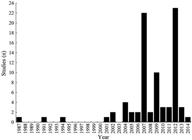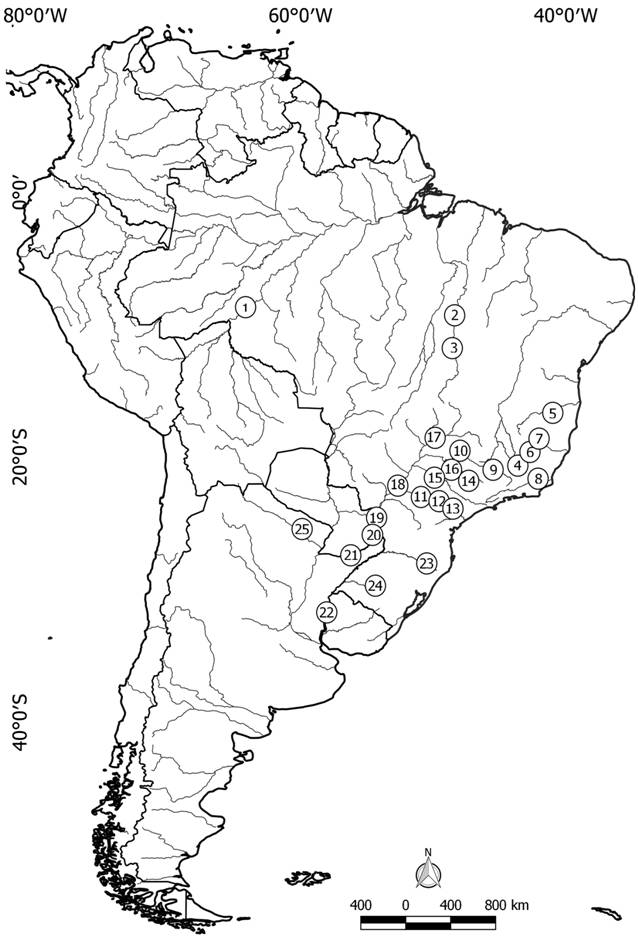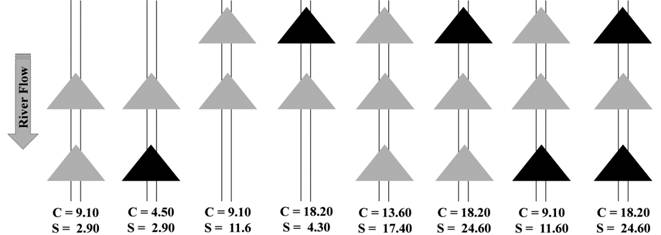ABSTRACT
River regulation has fragmented fluvial ecosystems in South America, affecting fish migration and dispersion dynamics. In response, authorities have installed fish passage facilities (FPF) to mitigate impacts. However, little is known about the geographical distribution of these facilities, and no synthesis of the research effort applied to understanding their functioning and limitations exists. To address this issue, our study gathered the available scientific literature about fishways in South America to provide an overview of studied FPF and associated research effort. We found 80 studies that investigated 25 FPF, mostly ladders installed in the upper reaches of large rivers, particularly in the Paraná River Basin. One important finding is that most facilities do not lead to upstream and/or downstream sites due to the presence of other dams with no FPF. Though the number of studies has increased over the past 10 years, there is no consistent trend towards increased research effort. Overall, studies have focused on the fishway itself (i.e. upstream passage), and rarely evaluated broader issues (i.e. habitat distribution, population dynamics, conservation and management success). Our research therefore identified technical limitations of past studies, and revealed important gaps in the knowledge of FPF as a management tool.
Keywords:
Conservation; Dam; Fishway; Impact; Management

 Thumbnail
Thumbnail
 Thumbnail
Thumbnail
 Thumbnail
Thumbnail
 Thumbnail
Thumbnail
 Thumbnail
Thumbnail
 Thumbnail
Thumbnail
 Thumbnail
Thumbnail






